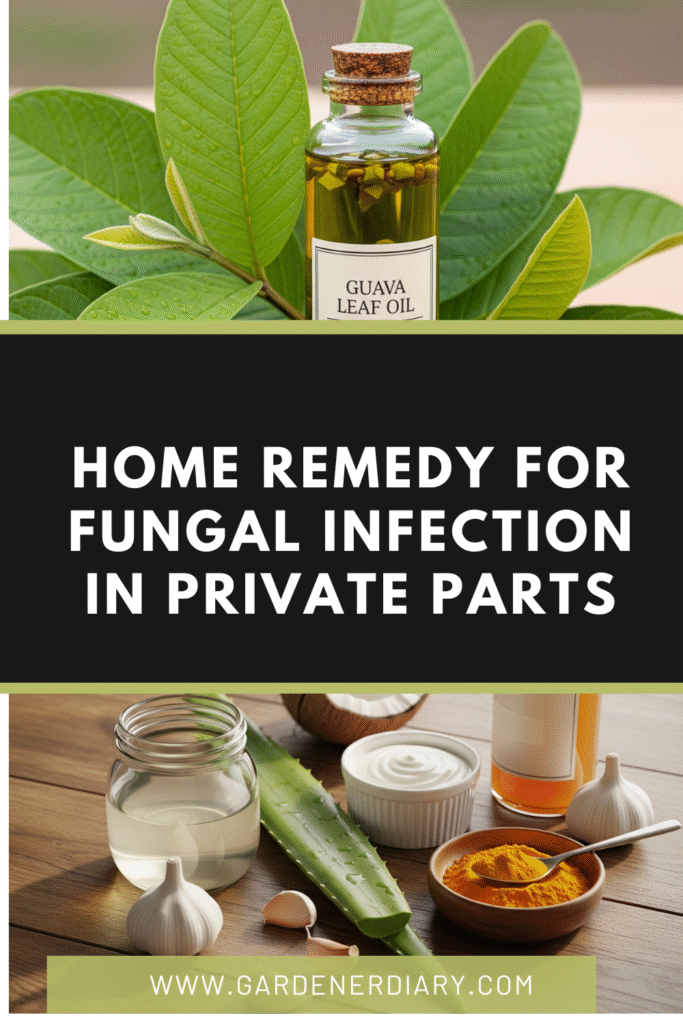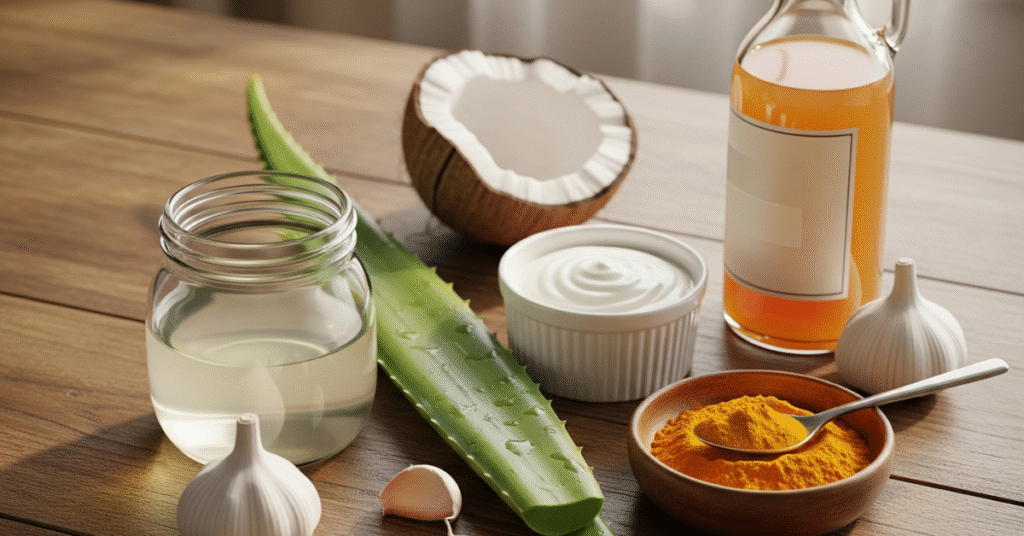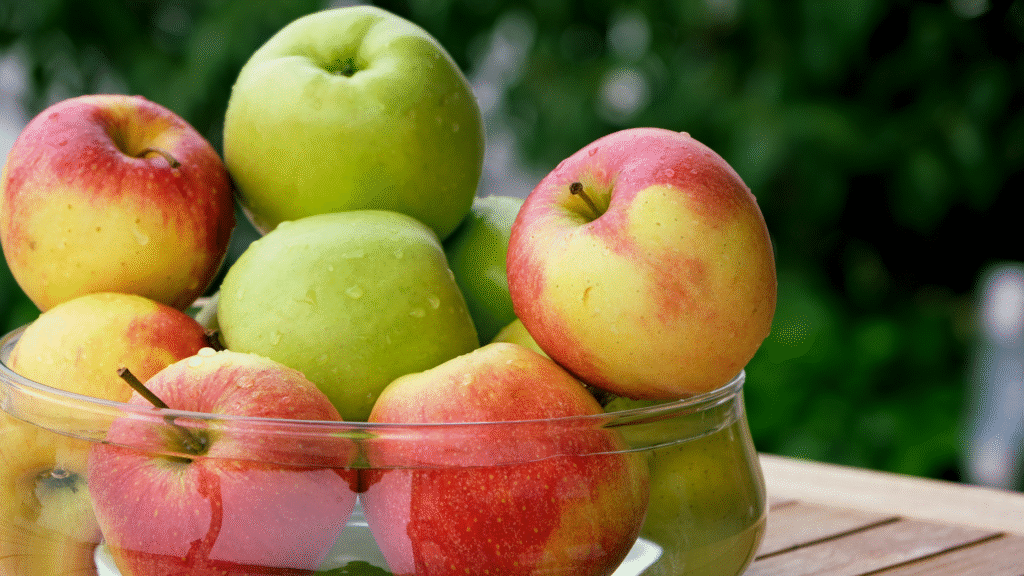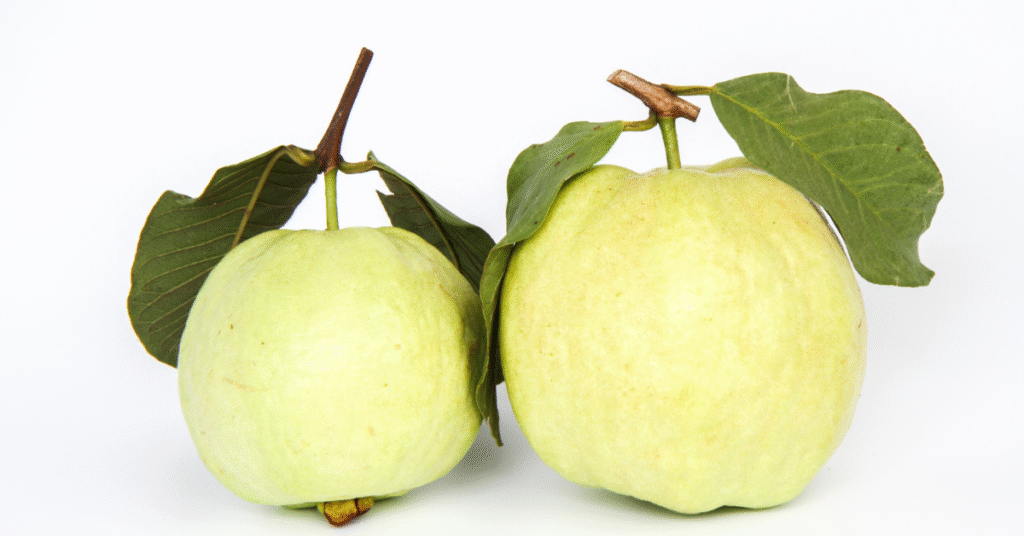Let me start with a story.
A friend once whispered to me over tea, “I’ve been struggling with itching down there. I tried creams, but the problem keeps coming back.”
He was embarrassed. He thought something was wrong with him. But it wasn’t unusual—it was a fungal infection in the private parts.
And here’s the surprising part: he didn’t just rely on expensive medications. Instead, he found relief using simple home remedies—things from his kitchen and daily routine.
That’s exactly what I want to share with you today.
By the end of this guide, you’ll know:
- What causes fungal infections in private parts.
- The best home remedies that actually work.
- How to use them safely.
- Daily habits that speed recovery.
- When it’s time to see a doctor.
Let’s dive in.
What Is a Fungal Infection in Private Parts?
Fungal infections in private parts happen when fungi, usually Candida or dermatophytes, grow excessively in moist, warm areas of the body.
They can affect both men and women. Common infections include:
- Vaginal yeast infection in women.
- Jock itch (tinea cruris) in men.
- General fungal rashes in the groin or genital area.
You can read more about natural skin remedies for fungal infections here: How to Cure Fungal Infection on Skin Naturally at Home.
Symptoms include:
- Persistent itching or burning sensation.
- Redness, irritation, or swelling.
- White discharge (in women).
- Ring-shaped rashes in the groin (in men).
While medications are available, many people prefer natural options first. And research backs this up—certain herbs and oils have proven antifungal effects (source, Medical News Today).
Home Remedies for Fungal Infection in Private Parts
Now let’s go through the most effective natural remedies you can try at home.
1. Coconut Oil
Why it works: Coconut oil contains lauric acid and caprylic acid, which fight fungal growth. It also soothes irritation and moisturizes sensitive skin (WebMD).
How to use:
- Warm 1–2 teaspoons of virgin coconut oil.
- Apply gently to the infected area.
- Use twice daily.
Tip: Coconut oil is safe for both men and women and can even be used as a natural lubricant.
2. Yogurt with Probiotics
Why it works: Probiotics in yogurt help restore healthy bacteria, especially in women with vaginal yeast infections (Healthline).
How to use:
- Eat one cup of unsweetened yogurt daily.
- For women: Apply plain yogurt externally to reduce itching (never use flavored yogurt).
Tip: Look for yogurt with live cultures like Lactobacillus.
3. Tea Tree Oil (Diluted)
Why it works: Tea tree oil has powerful antifungal and antibacterial effects (study, NCBI).
How to use:
- Mix 2–3 drops with one tablespoon of coconut oil.
- Apply gently to the affected area.
- Use once daily.
Warning: Never use tea tree oil undiluted—it can irritate sensitive skin.
4. Garlic
Why it works: Garlic contains allicin, a natural antifungal compound (ScienceDirect).
How to use:
- Crush 2–3 garlic cloves.
- Mix with olive oil to form a paste.
- Apply externally for 20 minutes, then rinse.
Note: Do not insert garlic directly into private parts—it can cause burns. Always apply externally only.
5. Apple Cider Vinegar
Why it works: Apple cider vinegar creates an acidic environment that prevents fungi from multiplying (Mayo Clinic).
How to use:
- Mix equal parts ACV and water.
- Dab gently with cotton on the infected area.
- Rinse after 15 minutes.
Tip: You can also add 2 tablespoons to bathwater for widespread relief.
6. Aloe Vera
Why it works: Aloe soothes burning and irritation while also having mild antifungal properties (ScienceDirect).
How to use:
- Apply fresh aloe vera gel directly on the area.
- Leave for 20 minutes, then wash gently.
- Repeat twice daily.
7. Turmeric
Why it works: Turmeric contains curcumin, a compound with antifungal and anti-inflammatory effects.
How to use:
- Mix turmeric powder with water to form a paste.
- Apply gently to the affected skin.
- Leave for 15–20 minutes, then rinse.
You may also want to explore turmeric’s role alongside diet in weight loss here: Best Time to Drink Cinnamon for Flat Tummy.
8. Guava Leaf Oil
Why it works: Guava leaves are rich in antifungal compounds.
How to use:
Check out this step-by-step guide here: How to Make Guava Leaf Oil.
Buy guava leaf oil on Amazon here.
Daily Habits That Speed Up Healing
Home remedies work best when combined with healthy hygiene habits.
- Keep the area dry and clean.
- Wear loose cotton underwear.
- Avoid synthetic fabrics that trap moisture.
- Change underwear daily.
- Wash with mild, fragrance-free soap.
- Avoid scratching—it spreads infection.
- Sleep without underwear at night for airflow.
Read more about how lifestyle choices impact health: Keto Diet Advantages and Disadvantages.
Quick Home Checklist
Here’s a simple routine to follow:
- Wash the infected area twice daily.
- Apply your chosen natural remedy (coconut oil, yogurt, or aloe).
- Keep the area dry—use baking soda if needed.
- Change underwear and bedsheets regularly.
- Stick to the remedy for at least 2 weeks.
When to See a Doctor
While natural remedies are effective, sometimes medical help is necessary.
See a doctor if:
- The infection spreads quickly.
- Pain or swelling worsens.
- Discharge has a strong odor (in women).
- You have diabetes or a weak immune system (NCBI).
- No improvement after 2–3 weeks of home treatment.
Healing from Inside Out
Your diet plays a huge role in recovery.
- Eat more: Yogurt, garlic, ginger, turmeric, cinnamon.
- Drink: Herbal teas like cinnamon tea for cough or cinnamon tea for irregular periods.
- Avoid: Sugar and processed foods—they feed fungal growth.
Try ginger and cinnamon recipes for women’s health here: Ginger and Cinnamon for Period Pain and Cinnamon and Milk for Irregular Periods.
Studies suggest cinnamon and other natural compounds may help fight fungi internally (source).
How to Get Rid of a Yeast Infection in 24 Hours
Many people search for a quick fix to relieve the burning, itching, and discomfort of a yeast infection. While complete recovery in 24 hours is rare, certain natural remedies like coconut oil, yogurt with probiotics, or diluted tea tree oil may provide rapid relief from symptoms. Over-the-counter antifungal creams are also widely used for faster results. The key is addressing both the infection and the irritation to restore comfort as quickly as possible.
Medicine for Fungal Infection in Private Parts for Female
For women, fungal infections in private areas often show up as vaginal yeast infections. Doctors typically recommend antifungal medications such as clotrimazole, miconazole, or fluconazole. These can come in the form of oral tablets, creams, or vaginal suppositories. Medicines not only kill the fungus but also reduce itching, burning, and abnormal discharge, making them a reliable treatment choice.
Treatment for Infection in Female Private Part
Treatment depends on the cause. For fungal infections, antifungal medicines are first-line, while bacterial infections may require antibiotics. Alongside prescribed medication, women can adopt home care routines like wearing breathable cotton underwear, keeping the area dry, and avoiding scented soaps or harsh products. Incorporating natural remedies such as aloe vera gel or yogurt may also support healing and soothe irritation.
Best Medicine for Infection in Private Parts
The “best” medicine isn’t universal—it depends on whether the infection is fungal, bacterial, or viral. For fungal infections, antifungal creams and oral medications are effective. For bacterial infections, antibiotics are prescribed. Natural remedies like garlic, apple cider vinegar, and turmeric can help manage symptoms, but medical consultation ensures that the right treatment targets the root cause.
How to Get Rid of a Yeast Infection in 24 Hours Without Meds
Some women prefer drug-free remedies to manage yeast infections quickly. Options include applying coconut oil, using plain yogurt with probiotics, or soaking in a warm bath with apple cider vinegar. These approaches aim to rebalance the vaginal microbiome, reduce fungal growth, and ease irritation. While results vary, they can provide noticeable relief within a day, especially when combined with good hygiene practices.
How Much Water to Drink to Flush Out Yeast Infection
Hydration plays a powerful role in recovery. Drinking enough water helps the body naturally flush out toxins and regulate pH balance, which can slow fungal growth. While there’s no fixed “magic number,” aiming for 8–10 glasses of water daily supports the immune system and reduces recurrence of yeast infections. Adding detox-friendly drinks like ginger or cinnamon tea can further strengthen the body’s defense against infections.
In summary, fungal and yeast infections in private parts can be treated with a blend of modern medicine, natural remedies, and lifestyle choices. Relief can be fast-tracked with proper care, but understanding when to seek medical advice is just as important for long-term health.

Final Thoughts
So, what’s the best home remedy for fungal infection in private parts?
The answer is consistency. Remedies like coconut oil, yogurt, aloe, and tea tree oil are powerful—but they only work if you stick with them.
Think back to my friend. Within two weeks of daily natural care, his itching was gone. His skin healed. And his confidence returned.
Now it’s your turn. Pick one remedy. Stay consistent. Support it with healthy habits and diet.
And if symptoms don’t improve—don’t wait. See a doctor.
Your body deserves relief, and nature has already given you the tools.


